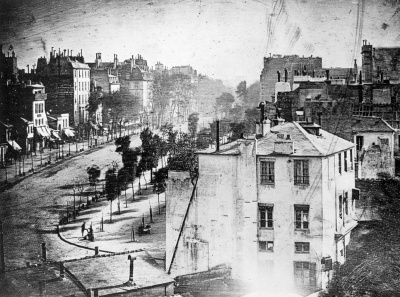The History Of Photography And Its Amazing Milestones
Photography has come a long way since its inception over 180 years ago. What started out as a simple printing process has become one of the most popular forms of art and communication in the world. Here is a brief history of photography and some of its major milestones.
Introduction
Photography is defined as the process of creating images using a camera. The first known photograph was taken in 1826 by Joseph Nicéphore Niépce.
Since then, photography has become one of the most popular forms of art. Major milestones in the history of photography include the development of the daguerreotype in 1839 and the introduction of color photography in 1861.
The Daguerreotype The term “photography” was first used in 1839, after Louis J. M. Daguerre, a French scientist, developed the daguerreotype process.
19th Century: The Invention Of The Daguerreotype
The daguerreotype was invented in the early 19th century by French artist and chemist Louis Daguerre. It was the first photographic process to produce a permanent image and quickly became popular around the world.
The daguerreotype was replaced by other, more advanced photographic processes in the late 19th century, but it remains an important part of the history of photography.
The first color photographs were taken in 1861 by the Scottish physicist James Clerk Maxwell. He used three photographic plates, each one with a different-colored sensitive coating. The three images could then be superimposed to produce a full-color image.
Continue to read The History Of Photography And Its Amazing Milestones for more information about this topic.
